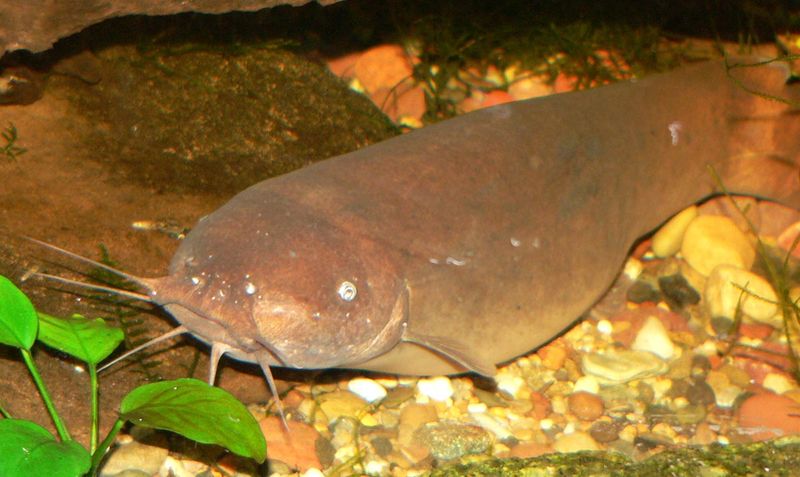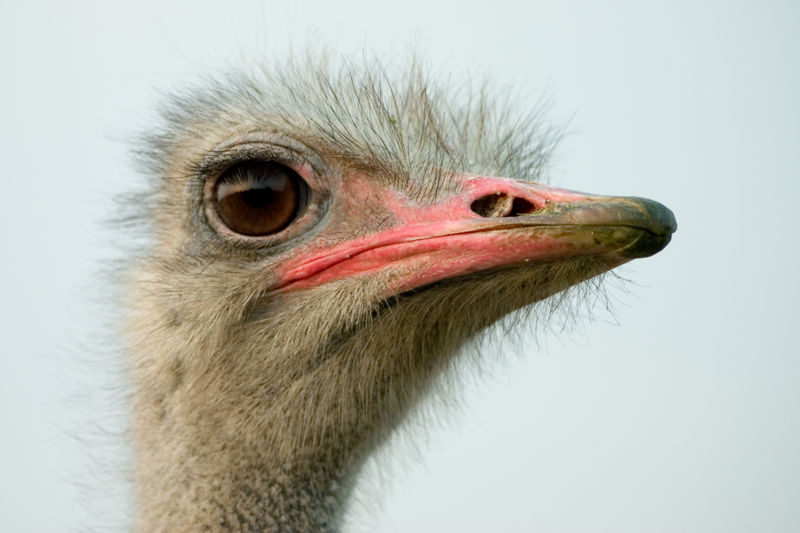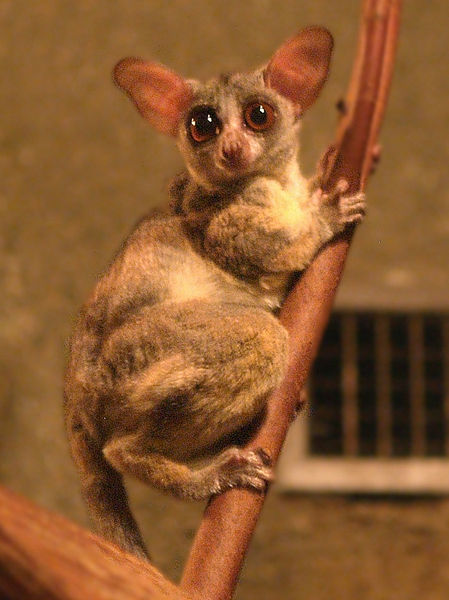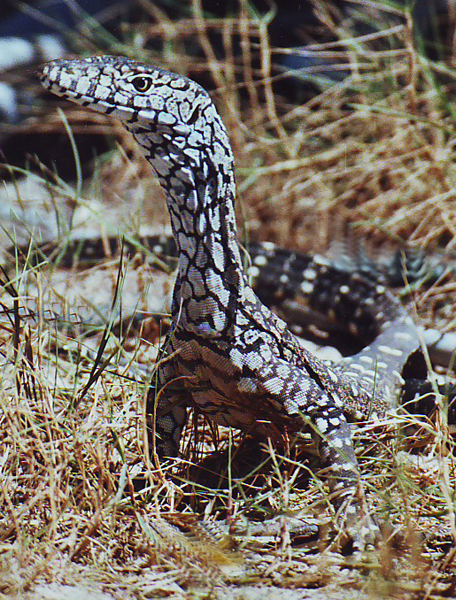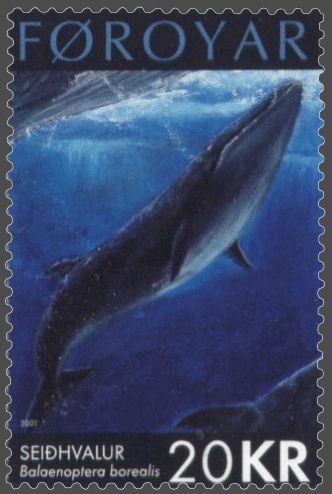
Thanks for stopping by today to read another fun and exciting Wild Fact …. well , at least I hope it will be fun and exciting. Today we are heading to the magnificent ocean to learn about the incredible Sei Whale. Although, we can find this large baleen whale in most oceans, we will need to head off the coast to the deeper water. So grab your binoculars and get ready to watch some whales. Come on, can you think of a better way to spend a Wednesday?
As mentioned the Sei Whale is indeed a baleen whale which means they have those big, bristly teeth and as such are filter feeders. That’s right, they just open their mouth to take in large quantities of water before straining the water through the baleen (the bristles). Like the Blue Whale, these guys obviously love krill but will eat a variety of organisms it finds in the water column. It still amazes me that such a large animal feeds on such small prey. Just how large is the Sei Whale?
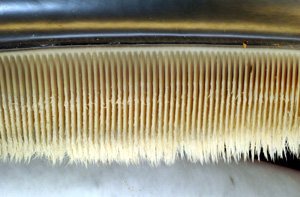
They are just behind the Blue Whale and the Fin Whale when it comes to size. They typically measure between 12 – 15 m (39 – 49 feet) in length and can weigh up to an astonishing 30 tonnes. Despite their large size the Sei Whale is actually among the fastest of all the cetaceans. Believe it or not they can swim up to 50 km/hr (31 mph) over short distances. I am just picturing a 30 tonne animal swimming 50 km/hr……I would not want to be in the way of that animal! Although, they live out in the deeper water, the Sei Whale isn’t the greatest diving whale out there. They tend to do shallow dives for 5 to 15 minutes at a time. In between the dives they come up to surface for several minutes at a time.
Sei Whale Fast Fact – The estimated population of Sei Whales is around 80 000 individuals living in the wild. This is a huge reduction compared to the 240 000 that were swimming around the oceans prior to their protection from whaling. As a result, they have been listed as Endangered by the United States Government and are protected throughout much of their range since they are listed in the Convention on the Conservation of Migratory Species of Wild Animals. Hopefully this protection will give them a chance to increase their population.
Well, I hope you enjoyed your Wednesday Whale Watching. I guess it is time to get back to work. Have a great day and I will see you tomorrow.

